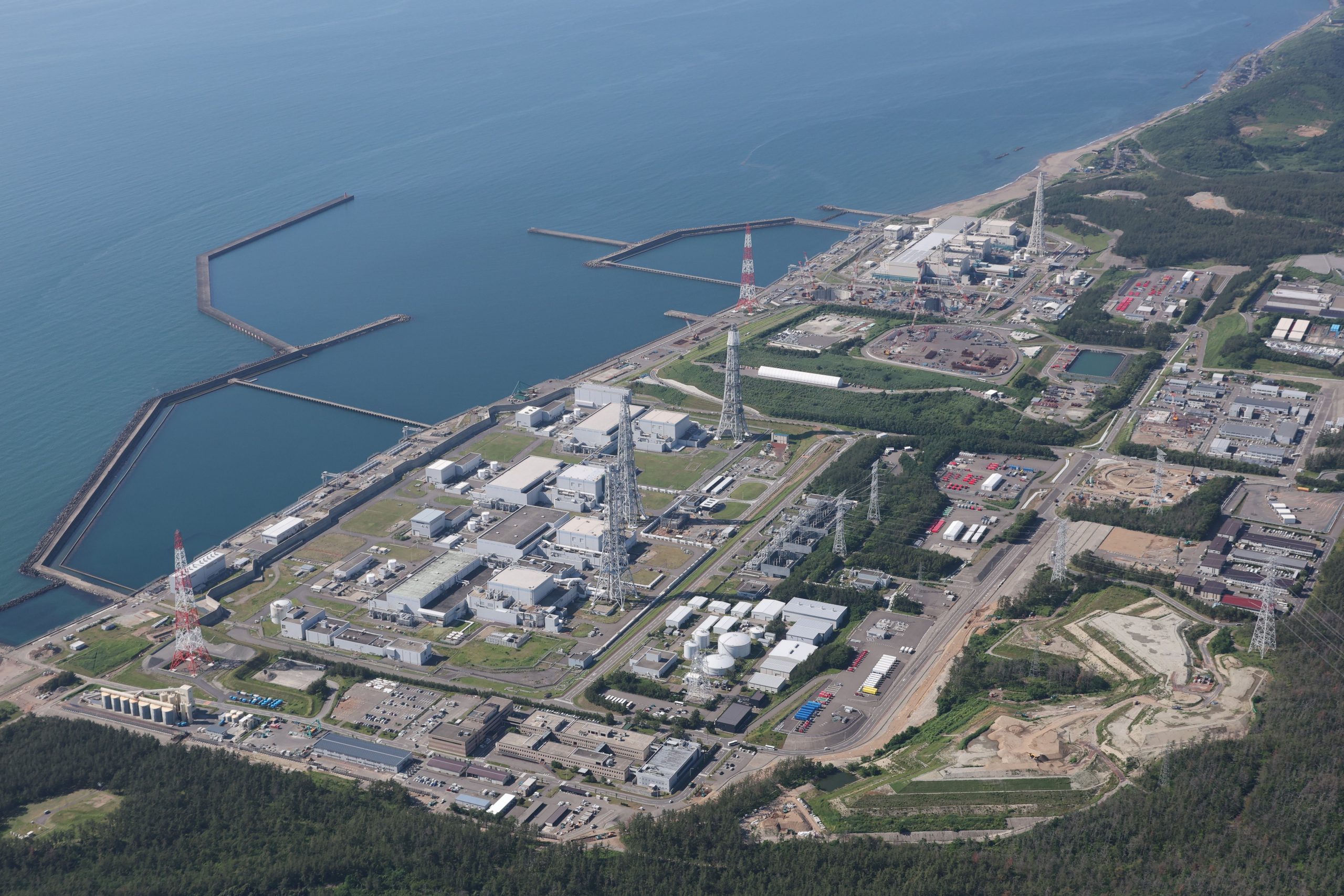Business on the ski track
Skiing has been turned into an over one billion-euro business per year in Austria. What are the secrets of this business and how does it manage to persuade Romanians to travel over a thousand kilometres for a skiing holiday in the Alps?
In fact, Austria has been the No. 1 destination for Romanian tourists this winter season. Over 30% more Romanians have been willing to travel over 1,500 kilometres and spend 650 euros per person on average for a 7-night package in Austria.
The same standard applies in resorts throughout the country. Firstly, the pistes fall into three categories – blue ones are easy, red ones are of medium difficulty, and the black ones are the most difficult. The pistes are usually accessible by means of a gondola or a cable car that takes skiers up, to a main centre. From there, they take ski-lifts or by chairlifts (increasingly rare) and are taken to the higher pistes. Every year, Austrian resorts invest over 50% of the season’s earnings in developing the ski infrastructure. In the last season, investments totalled 557 million euros, with a significant share (203 million euros) being dedicated to developing the artificial snow infrastructure. Additionally, the 2008- 2009 season saw investments worth 122 million euros in building a new piste, ski lifts, car parks and other facilities.
The après-ski offer (i.e. after-ski entertainment) has also become a tradition in Austria. Cable facilities close at around 4 PM, after which skiers find their way to outdoor or indoor bars.
One of the most famous is Elizabeth in Ischgl, the bar on the ground floor of the English-style Elizabeth hotel, where tourists dance in ski boots, while the entertainment is provided by girls dancing in traditional Tyrolean outfits.
Skiing seasons are opened and closed by major concerts. For instance, Ischgl saw the season end on May 2nd with a Kylie Minogue concert, as part of the Top of the Mountain concert. Additionally, investors and the Austrian authorities are spending significant sums into extending the ski season. Whilst December, January and February are considered to be peak months, one can ski for more than 6 months on glaciers, from November to May. And, given that the quality of snow is greatly prized, 203 million euros were invested in developing the artificial snow infrastructure alone, so over 60% of Austrian pistes are covered with artificial snow.
Urmărește Business Magazin

Citeşte pe zf.ro
Citeşte pe alephnews.ro
Citeşte pe smartradio.ro
Citeşte pe comedymall.ro
Citeşte pe MediaFLUX.ro
Citeşte pe MonitorulApararii.ro
Citeşte pe MonitorulJustitiei.ro
Citeşte pe zf.ro

























